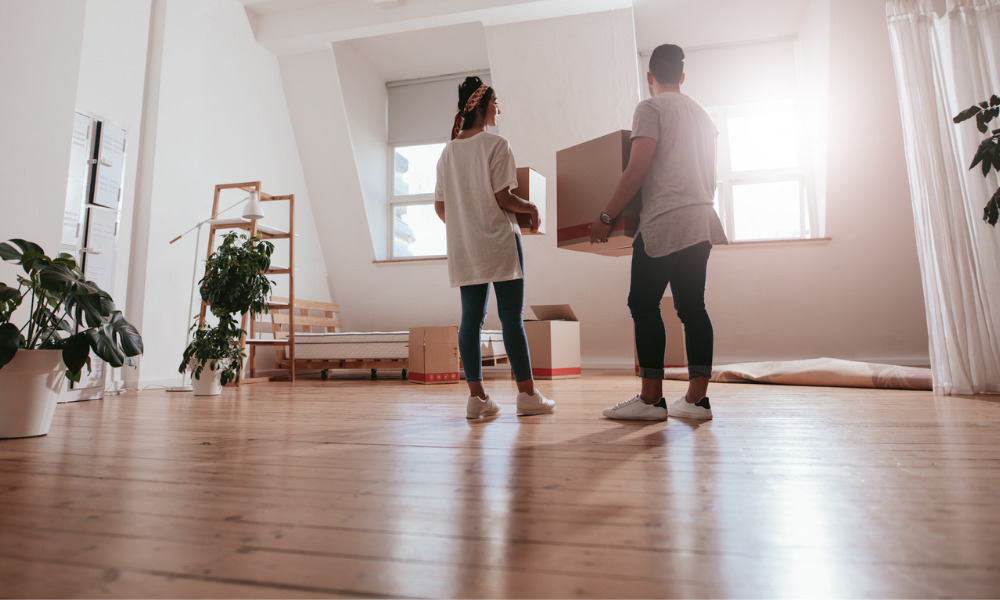The past couple of years has seen the largest erosion of tenants' buying power

Strong rental price growth between July 2020 and July 2022 has meant that tenants today get one bedroom less than they could have picked up two years ago with the same amount of money on rent.
According to the latest Hamptons Monthly Lettings Index, average rents in Great Britain rose by 16.2%, or £165 a month, over the past two years.
In July 2022, rent on an average studio (£817 per month) cost the same as renting an average one-bed 27 months ago, while renting an average one-bed (£929 per month) cost the equivalent of an average two-bed rental 24 months ago. Also, the average two-bed rent (£1,068 per month) cost what the average three-bed cost 16 months ago. This typically means that what the average tenant is paying in rent today would have got them an extra bedroom two years ago.
Hamptons said the past two years has seen the largest erosion of tenants’ buying power over any period since the launch of its lettings index in 2013. It added that prior to this, it took over six years, or 74 months, for average rents to rise by an amount equivalent to the cost of a bedroom.
Read more: UK private rents rise further.
“After two years of record rental growth, tenants aren’t seeing their budgets stretch as far as they used to,” Aneisha Beveridge, head of research at Hamptons, said. “They are likely to be squeezed further still by a mix of investors leaving the market and the landlords left behind looking to pass on their higher mortgage costs.
“Tenants trying to move are increasingly facing a cost-cliff with market rents rising faster than what they’ve been paying for their current homes. Often, this means they face compromising on what and where they rent next, with some having to trade down.”
Rents across Great Britain rose by an average of 8.3% over the last 12 months, marking a gradual slowdown from late spring when rental growth peaked at 11.5%. This means that rents are 15.7% above where they were when the COVID-19 pandemic struck. Despite the rate of growth slowing for the third month in a row, July’s figure still marks the sixth strongest annual increase recorded during the last decade.
Tenants in the South West saw their spending power eroded by the equivalent of a bedroom over just 16 months due to rents rising by 18.7%, or £169 per month. At the other end of the scale, it took an average of 30 months for Welsh tenants to see their money shrink by the equivalent of a bedroom.
Read more: Hamptons projects total rent to hit a record figure this year.
The lettings index also showed that the number of homes available to rent continued to fall in July. There were 9% fewer rental properties available in July than at the same time last year and 52% fewer than two years ago.
London recorded the sharpest fall in stock, down 37% year-on-year. Hamptons noted that stock levels are now so low that July saw more homes come on to the market than there were homes still on the market from previous months, the first time that this has happened since records began in 2012.
“There are some signs that the rental stock slump is close to bottoming out,” Beveridge said. “But with two-thirds fewer homes on the market than five years ago, there isn’t room for them to fall much further.
“In a reversal of last year, it’s city centre markets which have seen the biggest year-on-year falls in the number of homes up for rent, meaning it’s here that tenants are still facing double-digit rental growth. Meanwhile, suburban and country markets have quietly recorded small rises in stock levels and have seen rental growth soften.”



